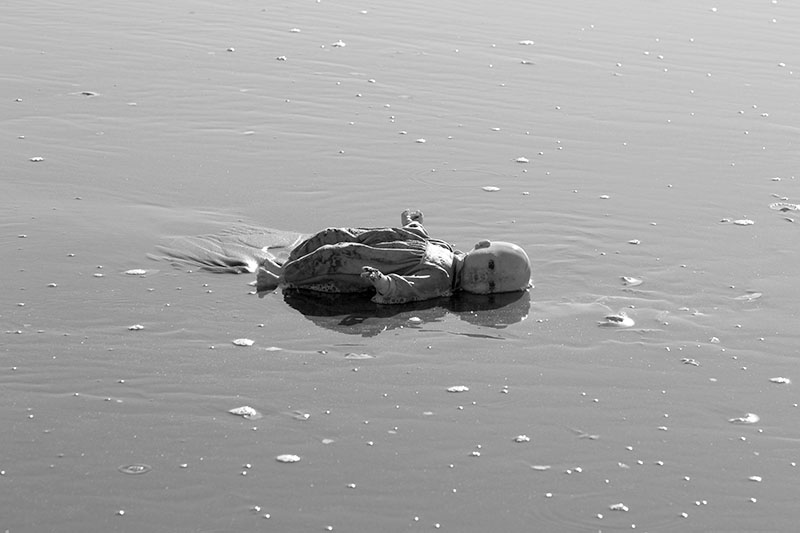
The ten days between Rosh Hashana and Yom Kippur give people who are not completely saintlike (those latter automatically inscribed into the Book of Life) or completely wicked (who will be inscribed into the Book of Death) a chance to escape the fate of death next year: by doing a lot of things that convince the scribe to put your name in the right book.

Death, then, is a concept that comes up a lot during the High Holidays, even if well meaning friends had not sent you a -as it turns out- quite moving essay from the New Yorker, when they know you don’t particularly like to read the New Yorker…. https://www.newyorker.com/culture/personal-history/questions-for-me-about-dying

What I like to read, wouldn’t you know it, are analyses that show how the manipulation of what we see or don’t see of death can affect our willingness to support our government’s decisions to go to war. Particularly if they are written by a smart legal scholar from Emory, who – Boston folks take notice -will talk on this topic at a Harvard International and Global History Seminar this Wednesday.
The link below is a short abstract of Mary Dudziak’s paper; the gist of which goes as follows: as long as we are prevented from paying attention to the product of war – dead human bodies – we will allow the restraints on presidential powers to shrivel. Our distance to visible death “helps to produce the profound apathy that characterizes contemporary American war politics. This apathy enables the current legal structure of war authorization: Congress fails to act, and presidents rely on new interpretations of outdated authorizations, or their own constitutional power. Ultimately, I argue, a crucial and unexamined factor in the atrophy of political restraints on presidential power to use military force is the distance between American civilians and the carnage their wars have produced.”

Her paper goes on to show how the US manipulated imagery so that war efforts were supported by the civilian population already during WW II. “Using censored and uncensored World War II casualty photographs, I show the way the very view of war death was managed by the U.S. government for the purpose of maintaining domestic mobilization. Civilians therefore engaged a curated view of death meant to enhance their support for the war effort.”
https://papers.ssrn.com/sol3/papers.cfm?abstract_id=3004292#.WXYfKGHPxhM.twitter

One of our nation’s New Year resolutions, then, should be an increased awareness of the multitude of factors that support war mongering. Only if we know the strategies used can we fight them to decrease our spreading of death across the world.
Assuming you have squeamish reactions to the chosen images for today, let’s just say they ain’t images of humans… just a lost doll and some beach jetsam.







Sara Lee
I completely agree with Dudziak’s hypothesis as you’ve represented it here. And I lack all sympathy for the Yom Kippur myth that those who get to live in the New Year are the righteous and that those who don’t….
Alice Meyer
We no longer see the caskets being flown into Dover, nor the grieving families receiving them. I don’t recall which president stopped that custom nor during which of our most recent wars it ended.